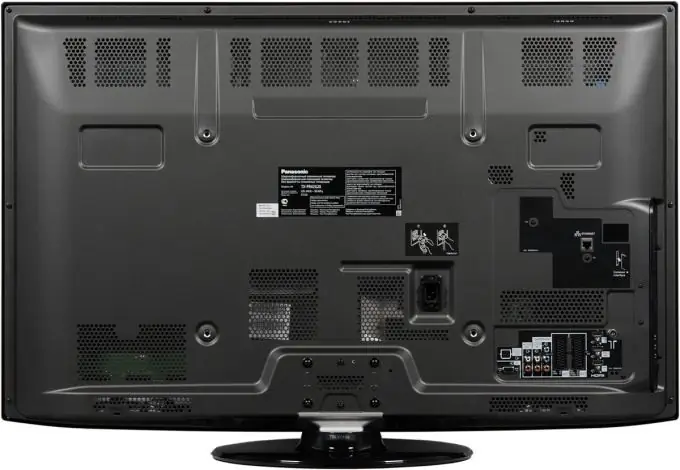A certain part of users has long abandoned conventional computer monitors in favor of LCD and plasma TVs. To connect the TV to the system unit, you need to take into account some of the nuances.

Necessary
video signal cable
Instructions
Step 1
The fact is that modern plasma TVs have the following connectors for receiving video signals: HDMI, VGA and component connectors. To successfully connect the TV to the system unit or monitor, you need to find similar or suitable ports on the video adapter. Examine the video card connectors.
Step 2
Please note that there are interchangeable connectors, for example, the DVI and HDMI ports carry a digital signal and can be connected via an adapter. And the VGA and DVI ports are connected by an adapter, despite the fact that only an analog signal is transmitted through the VGA channel. Purchase the required cable and adapters for it.
Step 3
Connect the video adapter of the system unit or laptop to the video signal receiving channel of the TV. Turn on both devices. Wait for the operating system to load. You can use both a monitor and a TV at the same time only if your video card supports dual-channel video transmission.
Step 4
Open the start menu and go to the computer control panel. Select the Appearance and Personalization menu and open the Display (Windows Seven) item. Open the Adjust Screen Resolution menu.
Step 5
Select the symbolic image of the second display (TV) and activate the Set this screen as primary option. Usually this parameter is used in the case of a single-channel video card.
Step 6
If your video device supports two-channel mode, then activate the item "Duplicate these screens". In this case, an identical image will be transmitted to both devices.
Step 7
If you activate the "Extend this screen" function, then you will be able to use both devices independently of each other. In this case, it is recommended to designate a standard monitor as the main device, because it is on it that all applications will be initially launched.






